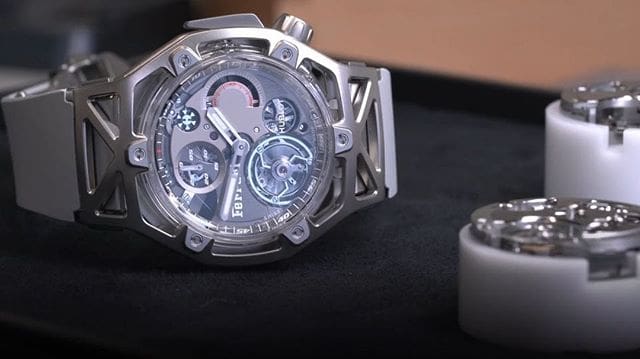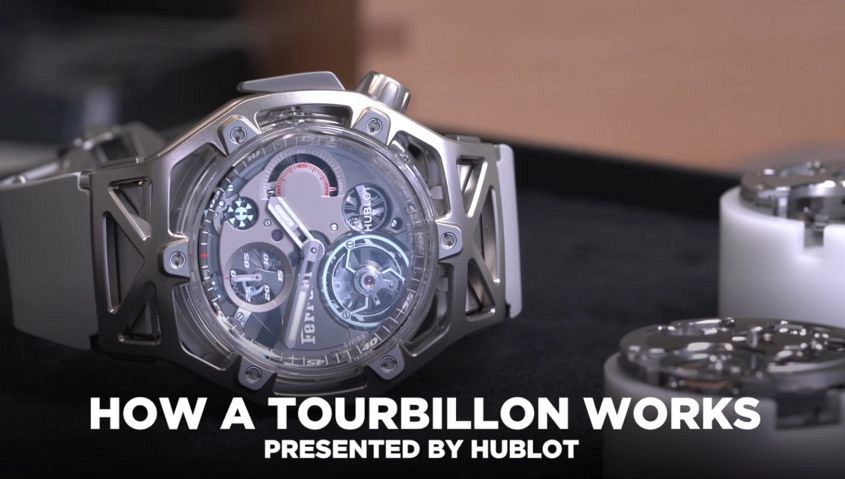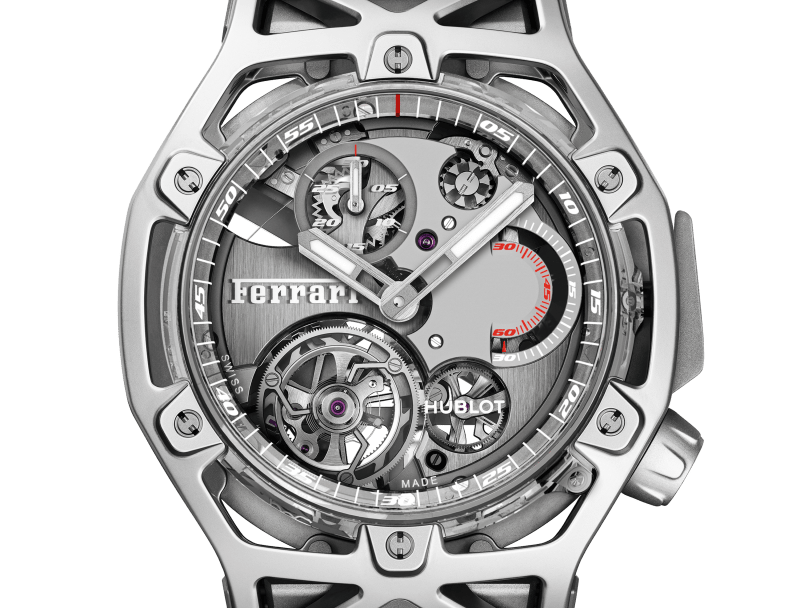Three years ago Andrew pulled apart a Hublot tourbillon and here’s what he found out…
Time+TideEditor’s note: Nearly three years ago, although it seems like a lifetime, Andrew was able to visit the Complications Department of the Hublot Manufacture, and get up close and personal with a Hublot tourbillon. He admitted his terror of the mind-bending complexity involved in assembling the 69 different components that make up the tourbillon cage, and honestly, who wouldn’t have been? It demands at least eight hours of work just on that part of the movement, offering a testament to Hublot’s commitment to traditional and complex watchmaking. This video from 2018 also just clicked over 200k views, so if you haven’t seen it get, give it a watch and get a better understanding of why the tourbillon is such a coveted area of horology.
Hublot have made big strides in recent years to establish watchmaking credibility as a counterweight to its heavy-hitting celebrity power. Regular nominations in various GPHG categories – across women’s and men’s watches – have been a meaningful benchmark for progress, and new crowd-pleasers, such as the delightful movement architecture of the Meca-10, have opened up a fresh conversation with watch lovers about what wearing a Hublot actually means in the modern day.
To this end, when we were invited to the manufacture in Nyon to better get to know the brand, we were immediately interested in the High Complication Department and thought we might use its expertise to get inside the cases of some of the most popular, desirable and useful complications that Hublot offer.
So, prepare yourself, we have a little three-part miniseries coming your way – each honing in on a complication. But rather than telling the story from A-Z, we get quickly down to business and isolate each complication’s idiosyncrasies. In this video, it’s the tourbillon cage itself on a watch that takes roughly 10 times longer than a Hublot Unico chronograph to construct.






